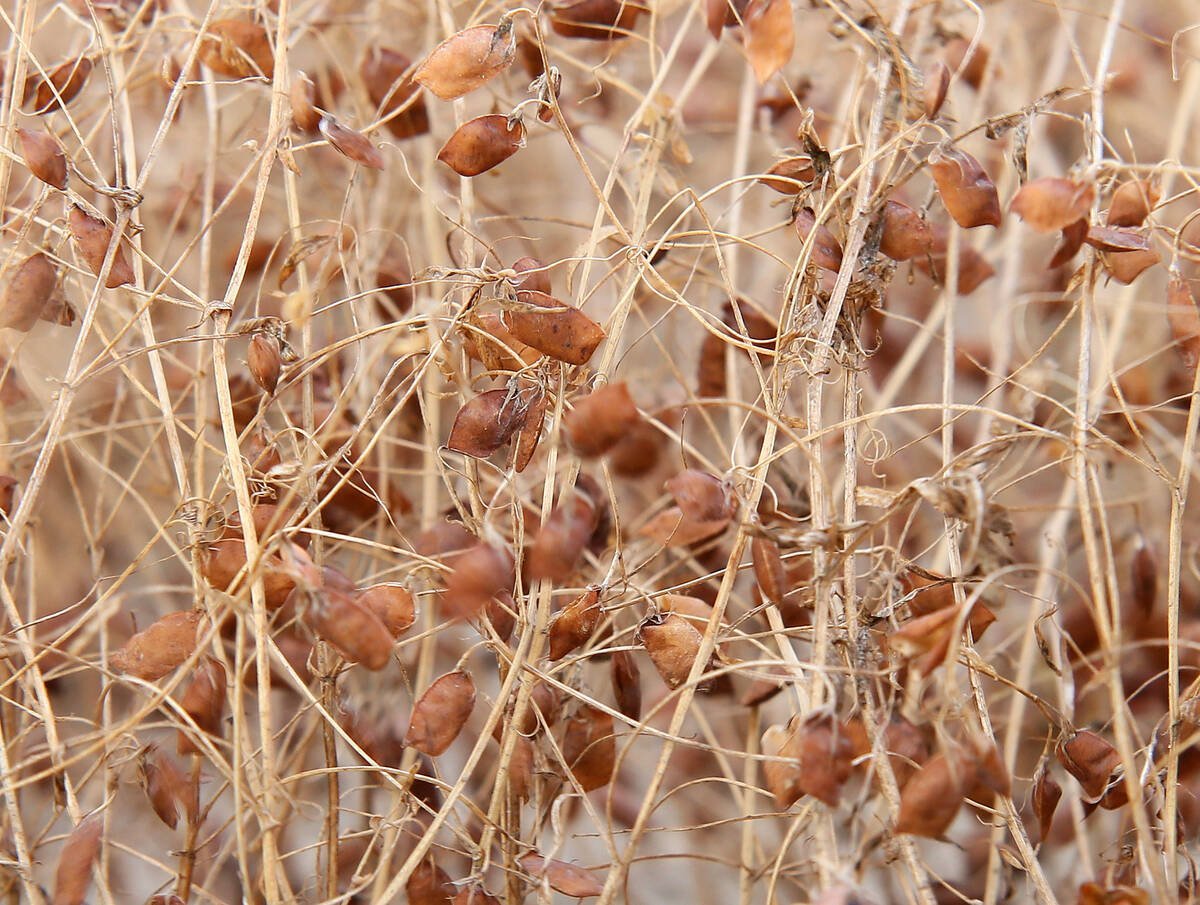Explosive danger lurks just beneath the earth’s surface on many playgrounds, pastures and fields across the Middle East, Africa, and southeast Asia. Unearthing these clandestine killers usually takes massive amounts of time, money, energy and manpower.
Sometimes, it only takes a step.
University of Alberta professor Michael Deyholos hopes to replace manpower with green power, using genetically modified plants to help identify landmine fields around the world.
Deyholos and two colleagues will receive $135,000 over the next two years from the Department of National Defence’s Canadian Centre for Mine Action Technologies to work on the project.
Read Also

Europe holds promise for Canadian lentils
Pulse Canada is trying to help boost lentil consumption in Europe, which is already the fourth largest market.
The centre was set up specifically to deal with the humanitarian landmine detection problem.
Deyholos will genetically modify a plant by inserting a TNT-sensitive gene into its DNA.
Once the seed is planted on suspected minefields and the plants’ roots come into contact with TNT, their leaves or flowers will change colour, alerting people to the presence of landmines.
While exciting, Deyholos said the project is only in its infancy.
“This is what we hope will happen,” he said.
“This is still really early. We’re just putting together the genes to make plants that will do this.”
The team is experimenting with a specific plant, a relative of canola, because it’s easy to work with.
“If we can make it work in this plant, then we think we can take the same genes and put them into whatever plant is suitable for the area.”
Combining bacterial and other plant genes will likely form the TNT-receptor gene.
The U of A project is one small part of a larger joint U.S.-Canadian military threat detection effort called Project BIOS, or biological input-output systems, funded in the United States by the Pentagon.
Anthony Faust, a physicist and researcher with the defence department’s landmine detection branch at Suffield near Medicine Hat, Alta., who came up with the idea of landmine-detecting plants, said that while the Canadian project deals with landmine detection, the American project deals with biological systems as chemical sensors.
“I came up with the idea to apply genetically-modified plants to landmine detection (after seeing them) being used for chemical detection in general, and asked, ‘could we apply this to our needs?’ ”
Deyholos estimated that it may take five years before the plant technology can be put to use, largely because it will take at least two years for Deyholos to validate the science.
“It’s basically just a proof-concept idea right now,” Faust said.
The Canadian Landmine Foundation, a private sector foundation dedicated to the global eradication of landmines, was contacted for this story, but foundation president Scott Fairweather said it was too early on to comment on the project’s potential.














